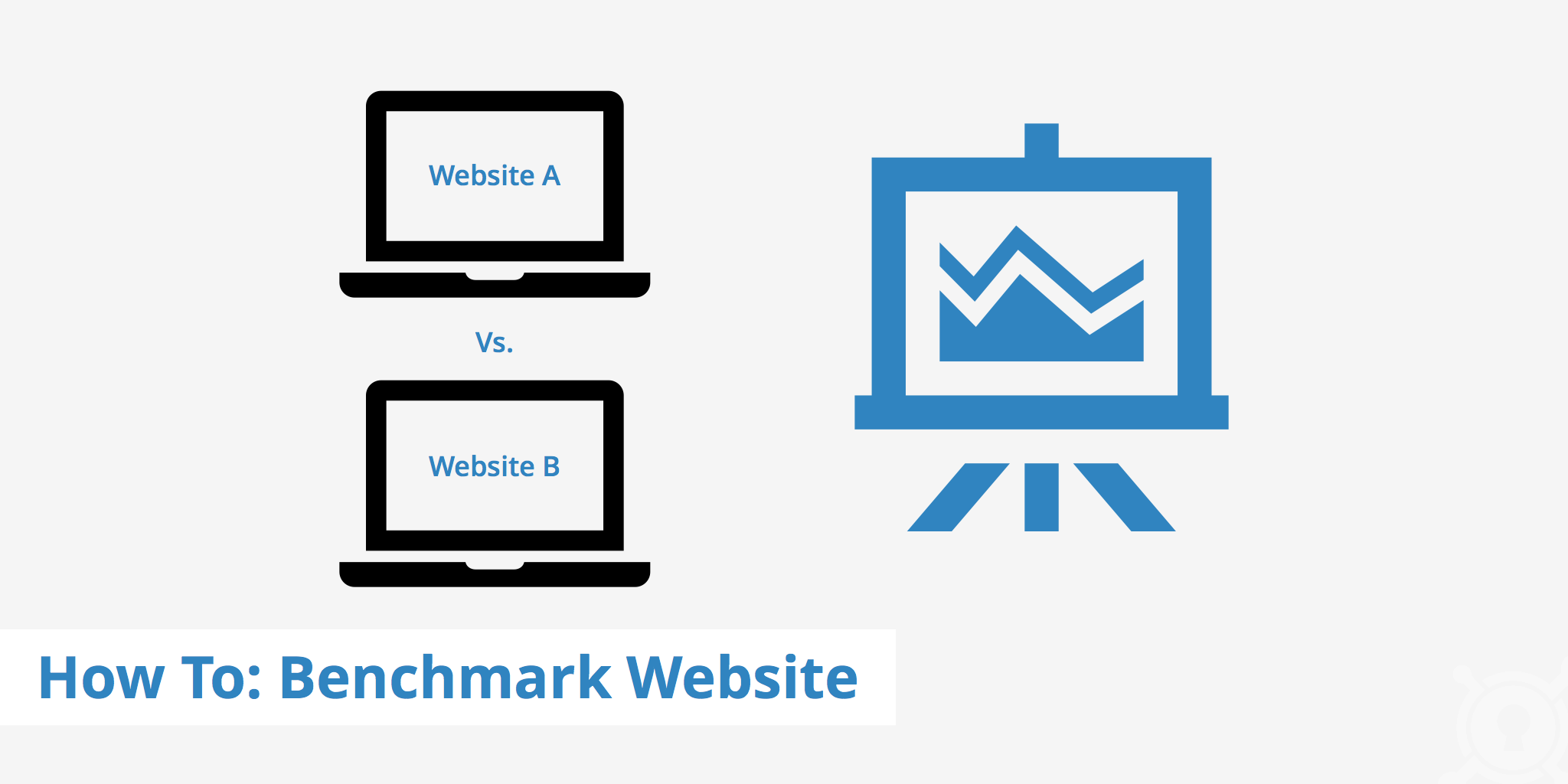How to Benchmark a Website

Why benchmark your site?
Comparing your site to a benchmark website can give you a better idea where your site's performance stands in relation to other similar sized sites in the same industry. In the online world, staying competitive means having a website that loads quickly and provides a pleasant user experience. Staying up to date with the latest performance trends and industry benchmarks will help ensure your website stays both competitive and fast.
What metrics should you benchmark?
There are a variety of metrics that can be measured when benchmarking a website. A few important aspects that should be benchmarked include:
- Overall page size (breakdown of each component, such as images, JavaScript, style sheets, and fonts)
- Time to first byte
- Number of requests
- Document complete time
- Fully Loaded Time
The metrics will certainly differ depending on if you want to benchmark a specific aspect of your site's performance. However, observing the above mentioned metrics on other websites should provide some valuable benchmarking data to compare your website against. It should be noted that when choosing a web page to benchmark against, the goals of that page should be taken into consideration. For example, the homepage of a website and its dedicated store page will likely have two different performance measurements as the store page is likely much heavier and resource intensive than the homepage.
How to benchmark a website
This process first involves finding a benchmark website to gather results against. As a starting point, HTTP Archive offers some interested statistics that provide information regarding the average website's size by content, individual response time, HTML document transfer size, etc. However, this information is quite generic and not specific to a particular industry which may be known for fast loading sites.
Using a tool such as WebPageTest is valuable in that it allows you to compare multiple URLs at the same time using their Visual Comparison feature.
This feature also allows you to benchmark websites against industry pages to get a better idea of how your site's performance stacks up against a leader in the field.
Website benchmarking example
If you're the owner of a large shopping site for example, a good website to benchmark against may be Amazon or eBay. These two companies are leaders in the online shopping industry and therefore, benchmarking your shopping website against one of them would provide performance information regarding how your site compares with the standard.
As an example, to show the metrics involved in performance benchmarking we'll compare the measurements between the homepages of search engines: Google, Yahoo, and Bing. The chart below displays the loading sequence between each search engine website's homepage that was tested.
As can be seen Google takes 2.2 seconds to completely load, Bing takes 3.8 seconds, and Yahoo takes 0.8 seconds. The test results also give a more detailed view of the timings involved for each site.
These timing metrics indicate some important comparison points when benchmarking your site against another. As can be seen in this case, there is no clear winner in all categories. Although Bing takes the longest time to fully load it also takes the least time for DOM content loaded, TTFB, time to title, and time to start render. Therefore, at this point it is evident that there is something else at play that is affecting Bing's load time.
Moving on to the number of requests section, we can see that Bing makes the largest number of requests to display their homepage as where Google and Yahoo are more or less equal to each other. Reducing the amount of requests made is a key component to faster load times as it minimizes the amount of round trips needed, thus reducing latency.
Lastly, the comparison results show the size (in bytes) of each web page broken down into separate categories. Bing is almost double the size of Google and almost five times the size of Yahoo. Images play a big part in Bing's total page size which can be verified by looking at the waterfall view of Bing's assets.
The JPG image displayed on their homepage takes 683 milliseconds to load which accounts for a large portion of the overall page load time. Using this tool and analyzing the metrics, it is easy to get a general overview of how your website compares to a benchmark website.
The do's and don'ts of website benchmarking
In summary, website benchmarking is a good way to see where you stand on the performance scale compared to other leaders in the industry or your competitors. However, as mentioned throughout the article, there are a few aspects that should be taken into consideration when comparing to a benchmark website.
Website benchmarking do's:
- Choose a web page with the same goals that your page is trying to achieve.
- Be aware of the location you are testing from. This may garner different results if your benchmark website has a server that is close to the test location but you don't. Consider using a CDN to allow for a broader global reach.
Website benchmarking don'ts:
- Don't solely compare to the page speed averages (although good to get a broad idea, try to focus on industry specific examples).
- Don't simply take the full load time into consideration when benchmarking. Other metrics such as number of requests, images sizes, and TTFB can help determine where load times are originating from.
Once you have successfully compiled your benchmark website's data, you can now move on to optimizing your site. For those using a CMS, we've created a few articles with action items and useful tips on how to speed up and improve your site's overall performance.